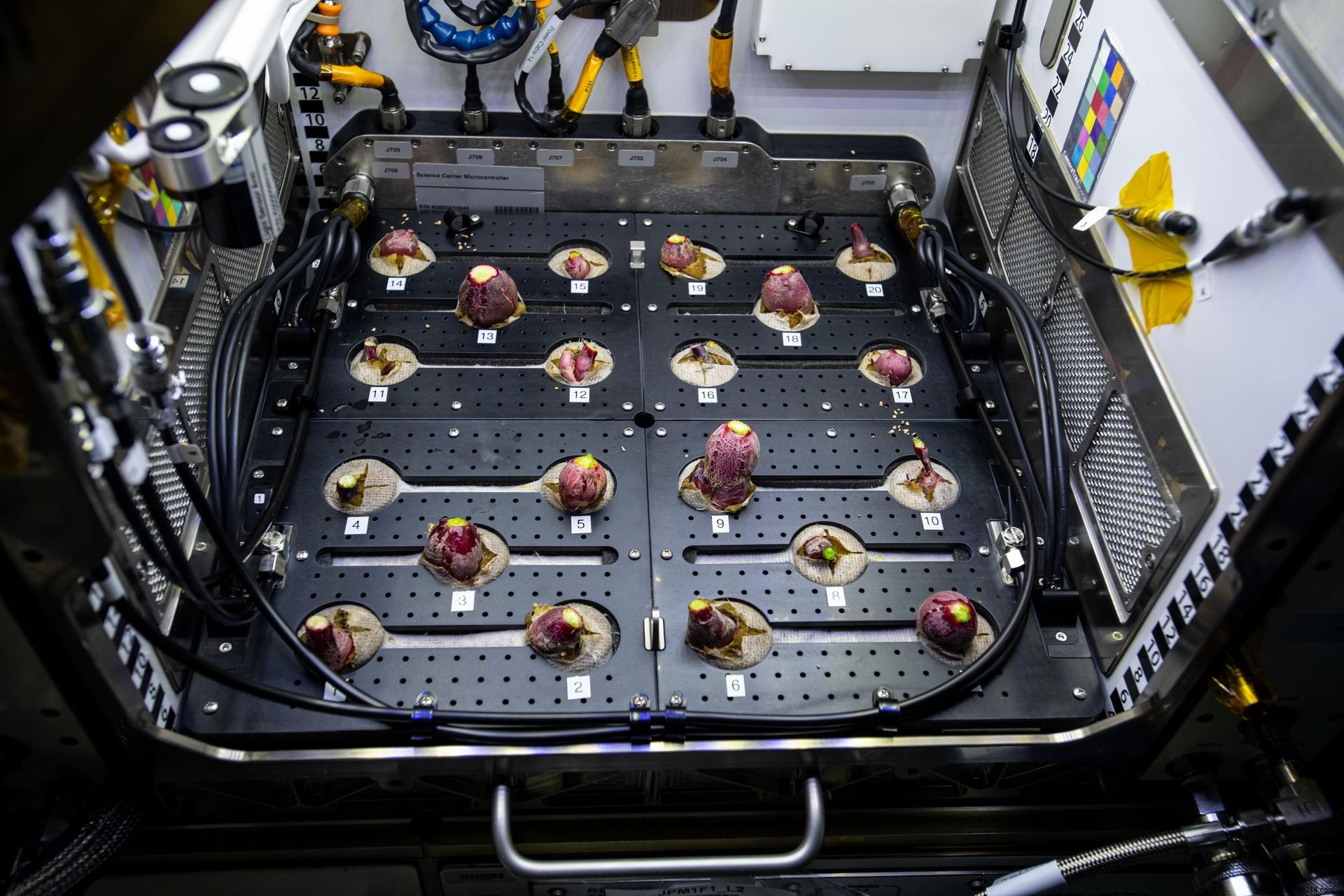Aboard the International Space Station there is a special place where astronauts grow different vegetables. They are conducting several experiments there to identify plants with good potential for cultivation in space. Lately, "space radishes" have been brought back to Earth and a crop of chili peppers have taken their place.
Aboard the ISS, NASA has planned several studies on the growth of plants in space . Astronauts have already grown rice, wheat and even cabbage. At the end of 2020, astronaut Kate Rubins had also harvested around twenty radishes. These were kept in the cold pending SpaceX's 22nd resupply mission for return to Earth in May 2021.
Growing radishes, that's an amazing idea! And yet, according to those responsible for the experiment, this vegetable is of major interest:it reaches maturity very quickly , in less than a month. Radish is also nutritious and genetically resembles a genus of plants that astronauts are used to studying in microgravity:Arabidopsis .

As Space.com explains in an article from July 16, 2021, SpaceX's latest mission brought new experiments to conduct. It is particularly about peppers to grow in space , a mission entrusted to astronaut Shane Kimbrough, who planted them instead of radishes. In a few months, the occupants of the ISS will therefore be able to taste the peppers before sending the rest to Earth for analysis. It is, however, a rather complex cultivation experience on the ISS. This is because peppers have long germination and growth periods . The managers have also given a lot of thought to the choice of the variety to be cultivated. This is the NuMex "Española Improved" variety from New Mexico.
The interest of peppers is undeniable, due to their saturation in vitamin C and other nutrients. The taste aspect is also a very good point, since astronauts slightly lose their sense of smell and taste living in microgravity. In addition, growing colorful vegetables would be a source of well-being for the occupants of the station. Finally, the study aims to assess the taste of peppers, but also to measure their strength on the Scoville scale.
To grow their vegetables, astronauts use a special installation:the Advanced Plant Habitat (APH). This system is a 100% automated plant growth unit . It is equipped with LEDs of different colors with a wide spectrum in order to stimulate the growth of plants. The installation also manages the water supply, but also includes several cameras and 180 sensors. Remotely, the Kennedy Space Center can thus act on various settings:temperature, humidity or even oxygen content. This management therefore makes it possible to reduce the time that astronauts take to maintain the cultures.
Besides, you should know that the same type of culture is reproduced simultaneously in laboratories on Earth. This will make it possible to compare the results and better identify the effects of microgravity . Obviously, this exciting research aims to answer the following problem:astronauts participating in long-duration missions in space, in particular to Mars or the Moon, will have to be able to produce their own food.